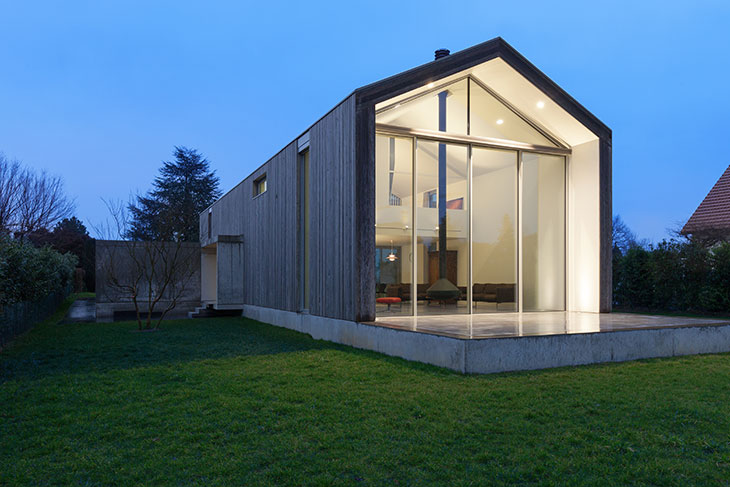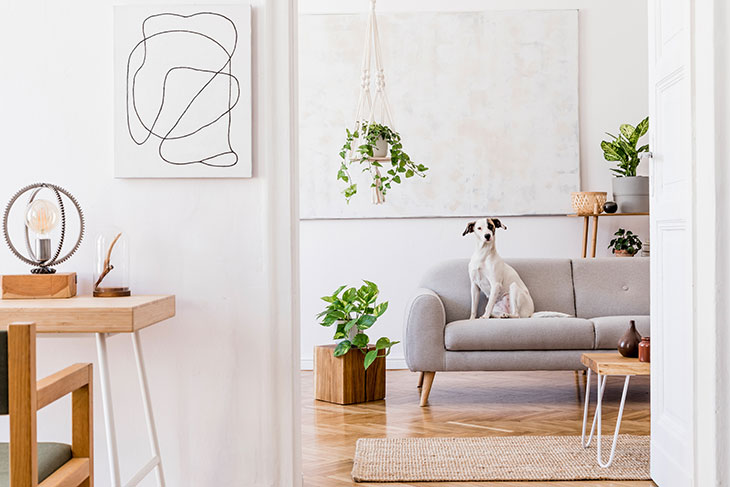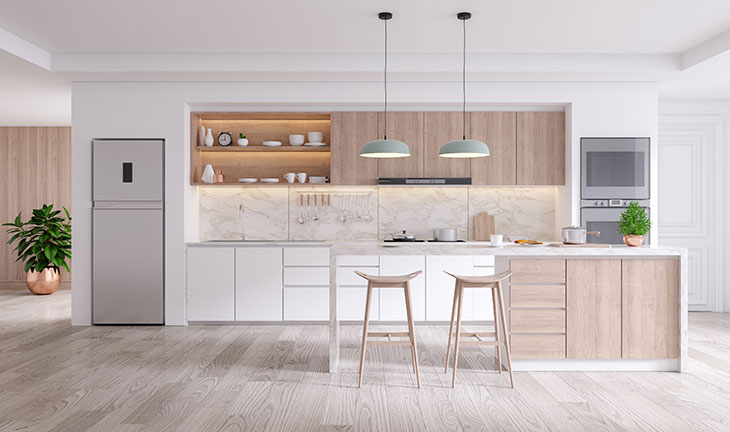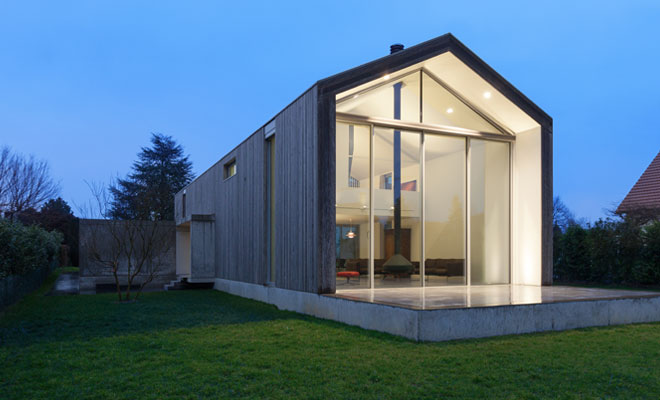
Home is where the heart is, and we all want a comfortable place where we can be safe, inspired, and nurtured. Building your own home is one of the most exciting and liberating things you can do. Putting all of your ideas and wishes into constructing a unique build is rewarding, fulfilling, and, if done correctly, can bring significant financial benefits too. Whether you’re starting from scratch or renovating an existing space, this guide to building your dream home will help you every step of the way. And for those specifically interested in the vibrant Melbourne housing market, you can also explore the enticing options of house and land packages Melbourne has to offer. Here is a guide to building your dream home.
ARCHITECTURE
Read more after the jump:

Finance and Budget
First, you must establish that you have sufficient finance to cover your self build. Perhaps you have cash from the sale of your home and are renting at the moment. You might not have funding and have to apply for a loan or a Self-Build Mortgage. When planning to build your dream home, understanding the financial side is crucial. Financing your project might require securing a mortgage beforehand. For those without comprehensive knowledge on how to proceed, here’s a helpful guide detailing the steps to apply for a mortgage. This will ensure you are well-prepared and adequately budgeted before embarking on your building journey. Self-build mortgages allow you to borrow money first to buy the land you want to build on; then, money is released in stages so you can pay for the build as it progresses rather than as a single lump-sum amount at the start. Remember to research and compare mortgage rates before applying for a home loan and keep a contingency fund for any unforeseen cost as these nearly always crop up when building a house!
Find a Plot
Once you are satisfied that you have a financial backup, it’s time to find a suitable place to build your house.
Decide which areas you like and drive around your selected towns and villages to look for potential plots. Ask local people if they know of any suitable land or know of somebody selling some. Local farmers are another avenue you could explore – they may be happy to sell you a piece of their land.
Many websites offer building plots, and it is also beneficial to ask local realtors to keep you on their list if any plot opportunities should arise.
Design Your Dream
Now comes the fun part. You probably already have a wish list on paper. Get together with your partner or family and have a brainstorming session. Everyone should write down the things they want to feature most in their new home, and then you can pull your ideas together and decide on the most important inclusions. You might find it easier to look at kit homes designs and go down this route as it could save you a significant amount of time and money compared to designing your own house from scratch.
You should learn from living in previous properties and know what layouts work for you and which don’t – whether you like bi-fold doors or French doors, bungalows, or double-storey. Think about how you want the property to look externally – wooden, brick, or stone. Will you go modern or traditional? Consider what kind of materials you will use for the house’s frame, the roof, and the floors.
Kitchens and bathrooms are great fun to design. Consult magazines, websites such as Pinterest, shops, and showrooms for ideas. Try to settle on practical designs that look good but won’t blow your budget. It is very easy to get carried away, buying fancy gadgets that are completely unnecessary.
One thing is for sure; you will want your new home to be environmentally friendly and economical to keep. Installing quality insulation, a high-efficiency furnace for your heating, and solar panels will help keep your costs low.

Architects and Planners
It is of utmost importance that you choose highly qualified and reliable professionals to assist in your project. Once you have drawn up your own plans and ideas for yourself build, you can take them to an architect. After discussing your brief (ideas, requirements, and budget), the architect will take your site information and develop various design options for your consideration.
Your house plans will then be sent to the planning department at the local council, who will supply you with the initial building permit. Their involvement starts right at the beginning of the process, where they approve the project, progressing through site inspections throughout and ending with final approval and a certificate of occupancy.
Builders
It’s time to build the dream. You can find a contractor who employs all of the relevant tradesmen to construct every aspect of the house, or you can deal with separate tradespeople for each task, such as roofers, bricklayers, plumbers, etc.
Make a deal with your building contractor, ensuring that the job is completed to a particular specification, by an agreed date, and for an agreed price.
To find suitable candidates, ask friends or neighbors to recommend tradespeople, look at trusted trader websites, or look at examples of work done by local workmen.
Just remember to keep within your budget and hire the right people for the job.
Home sweet home!



















